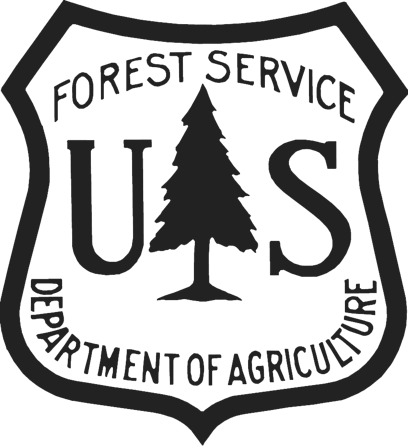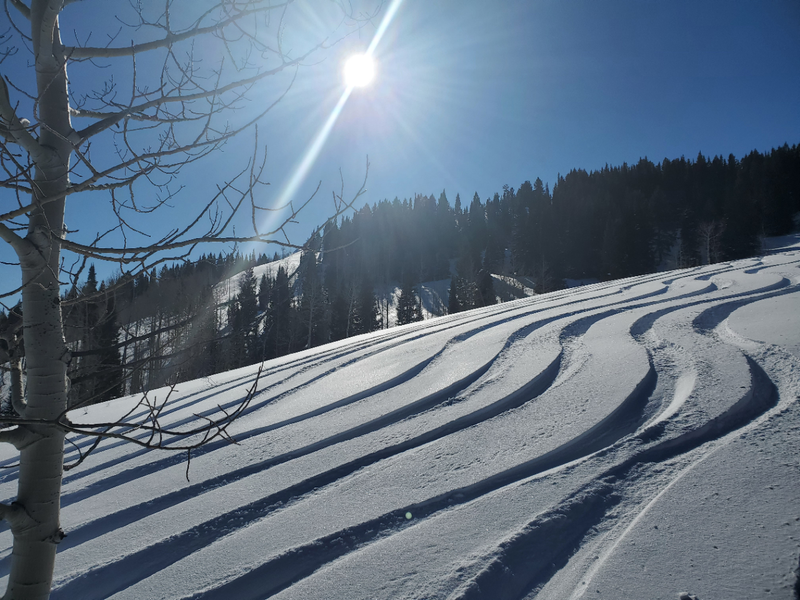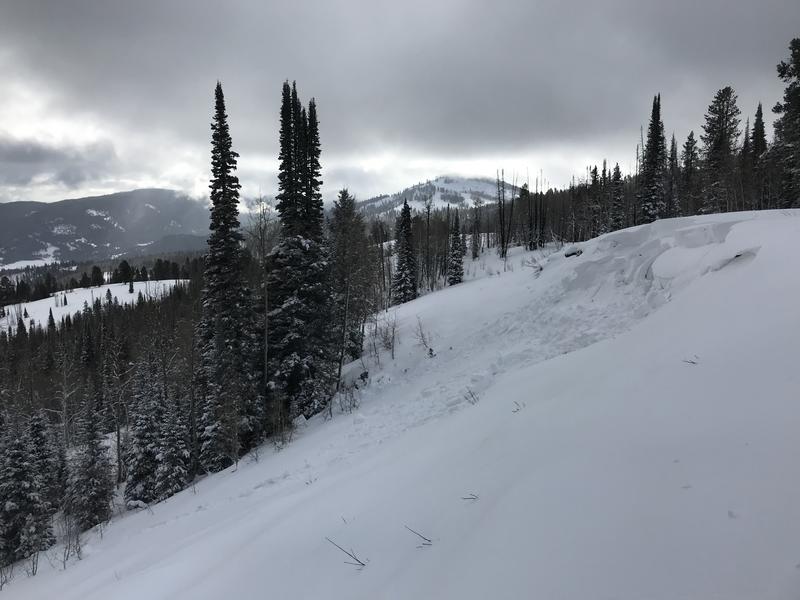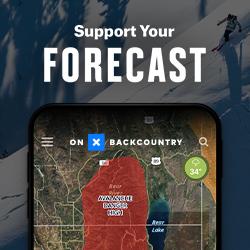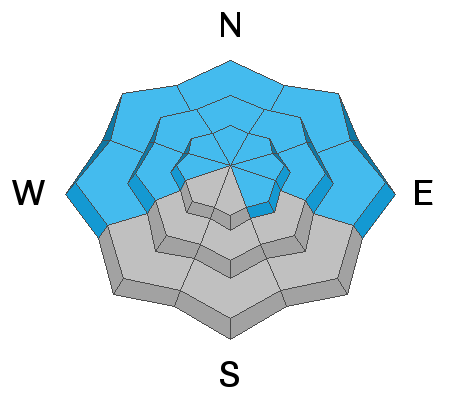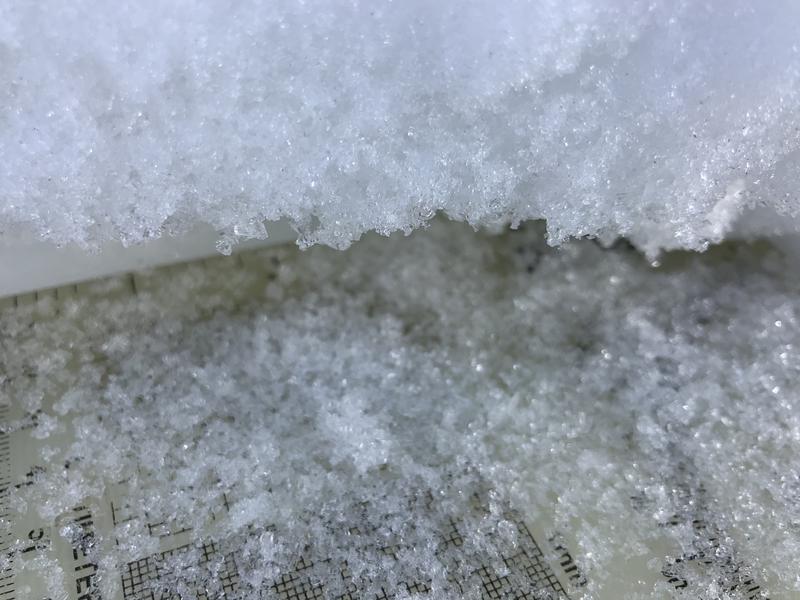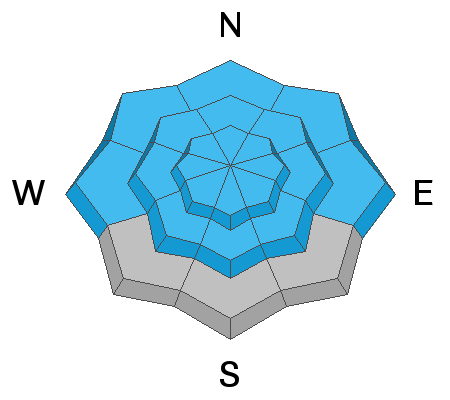Forecast for the Logan Area Mountains

Issued by Toby Weed on
Wednesday morning, December 30, 2020
Wednesday morning, December 30, 2020
Heightened avalanche conditions exist at all elevations in the backcountry, and people could trigger dangerous avalanches involving old snow, failing on a sugary persistent weak layer. Areas with more dangerous conditions exist on steep drifted slopes at upper and mid elevations facing the northern half of the compass. Natural avalanches are unlikely, but 1 to 3 feet deep slab avalanches triggered by people are likely in some areas, and avalanches could still could be triggered remotely or from a distance.
- Shallow snow coverage dictates careful travel, and hitting rocks and other obstacles still presents a serious risk in the backcountry.
- Cracking and collapsing indicate unstable snow.
- Evaluate snow and terrain carefully, and continue to stay off and out from under drifted slopes steeper than about 30 degrees.

Low
Moderate
Considerable
High
Extreme
Learn how to read the forecast here


